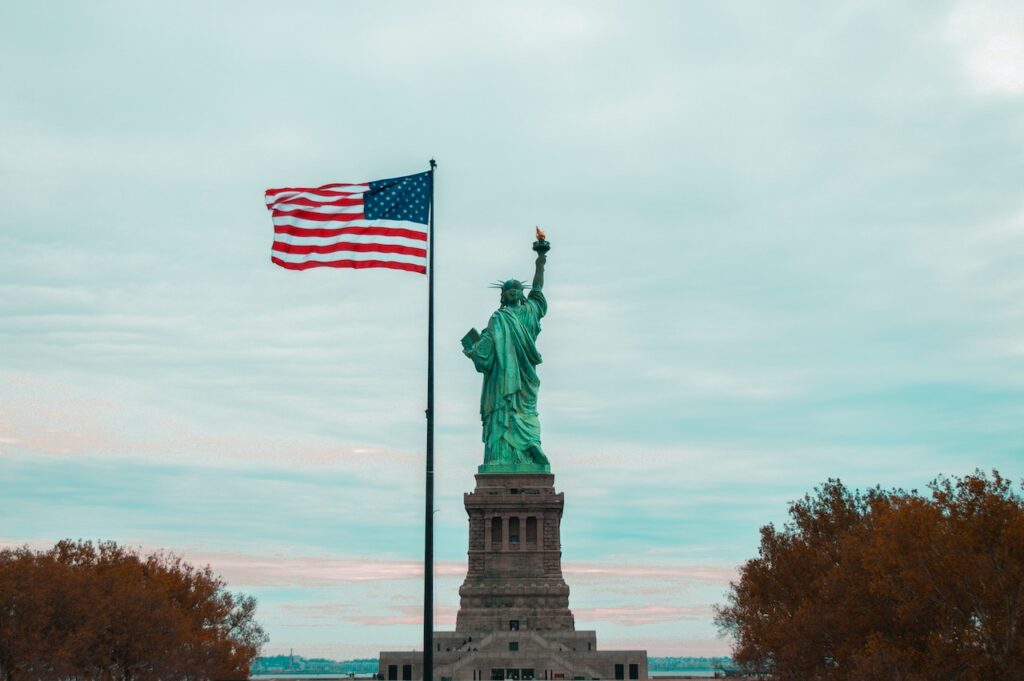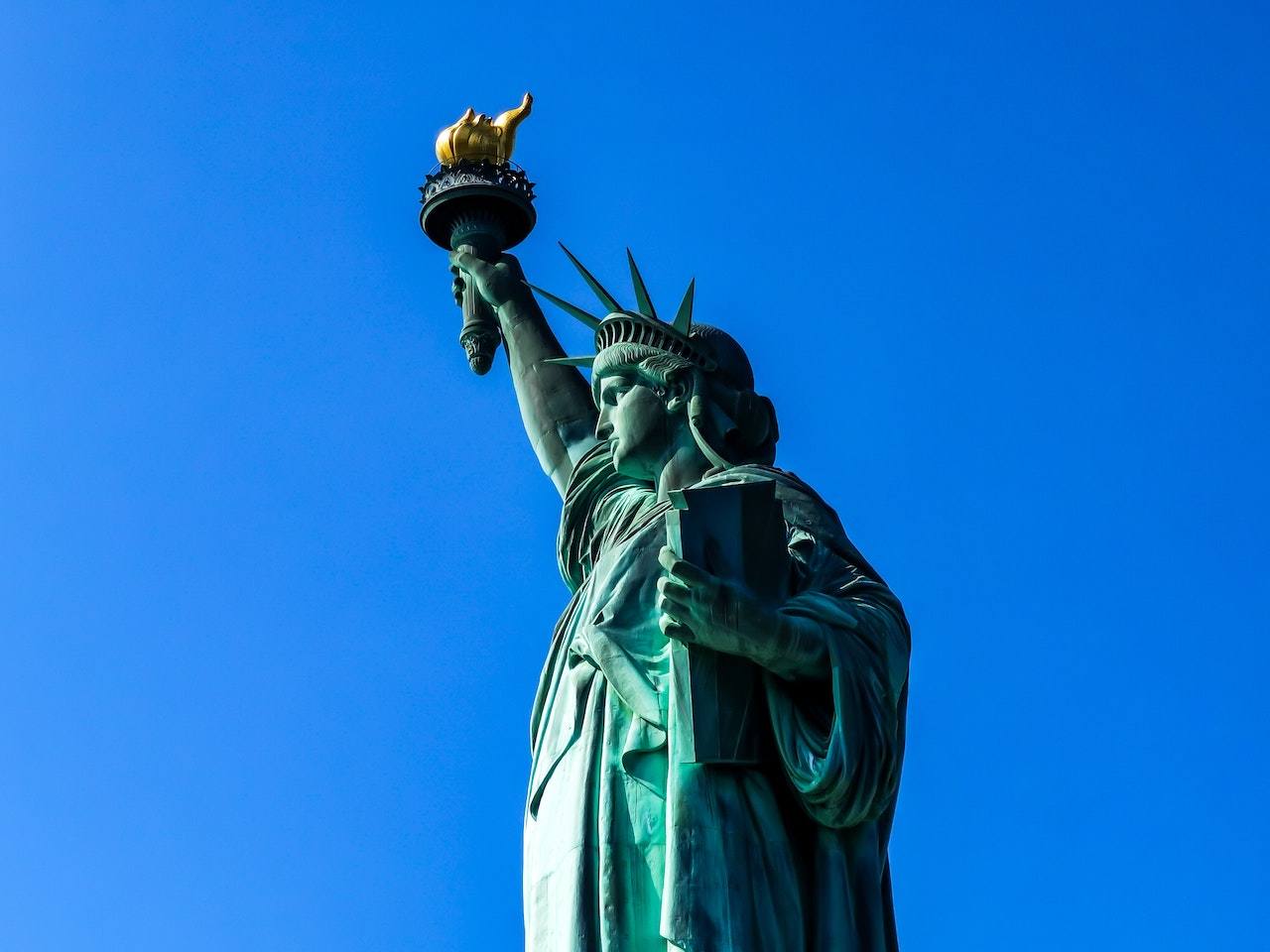New York City’s iconic Statue of Liberty stands tall and proud in the heart of the city’s harbor, serving as a symbol of hope and freedom for millions of people. However, not many are aware of the fascinating history behind this majestic statue and its connection to the city’s harbor defense. Here, we will delve into the story of how the Statue of Liberty transitioned from being a defensive stronghold to becoming a renowned landmark, capturing the hearts of both locals and visitors alike.
The Birth of a Fortress: Fort Wood
Our journey begins with the establishment of the military fortress, Fort Wood, which was born out of necessity during the War of 1812. Constructed between 1806 to 1811, the fort was designed to defend the harbor from potential invasions. Its strategic location on the Bedloe’s Island, now known as Liberty Island, allowed for unparalleled views of the surrounding waters. Named after the engineer Colonel Eleazer Derby Wood, it was constructed from granite and featured a unique star-shaped design. However, as time went on and the threat of war diminished, Fort Wood’s purpose evolved.
A Change of Purpose: The Statue of Liberty
Fast forward to the late 19th century, when French sculptor Frédéric Auguste Bartholdi conceived the idea of gifting a monumental statue to the United States as a symbol of friendship and collaboration between the two nations. The statue, named Liberty Enlightening the World, was to be placed on Bedloe’s Island, atop the now-abandoned Fort Wood.
The Construction Process
The construction of the Statue of Liberty was an engineering marvel of its time. The statue’s copper framework was designed by Gustave Eiffel, the same innovative mind behind the Eiffel Tower in Paris. It was then shipped in disassembled pieces across the Atlantic Ocean to be reassembled on Bedloe’s Island. The statue’s pedestal, designed by American architect Richard Morris Hunt, was also a feat of engineering, ensuring the stability and longevity of this iconic landmark.

From Fortress to Symbol of Freedom
As the Statue of Liberty took shape on Bedloe’s Island, it became increasingly clear that its purpose was shifting from that of a defensive fortress to a symbol of freedom and democracy. With its torch held high and its welcoming stance, Lady Liberty embodied the ideals that America stood for – liberty, justice, and opportunity for all. The statue’s dedication in 1886 marked the transformation of this once-military fortress into a beloved national landmark.
Unveiling and Dedication
On October 28, 1886, the Statue of Liberty was unveiled in a grand ceremony attended by thousands of spectators. The dedication of the statue marked a significant milestone in American history and solidified its status as a symbol of freedom and democracy. This momentous occasion was celebrated with speeches, parades, and fireworks, further cementing the statue’s place in the hearts of Americans and people worldwide.
Transformation into a National Monument
In 1924, the Statue of Liberty was designated as a national monument, solidifying its importance in American history and culture. Over the years, the statue underwent various restoration projects to ensure its preservation for future generations. The National Park Service took over the management of the monument, further enhancing its significance as a cherished landmark and a testament to the American spirit.

Breathing Back Life into the Statue
Maintaining the statue has posed various challenges, including exposure to harsh weather conditions and the effects of aging. To preserve its original glory, significant restoration efforts have been undertaken over the years. Notable dates include the extensive restoration from 1984 to 1986 and the centennial restoration in 1986, which brought the statue back to its original splendor. In 2019, a new museum was opened to educate visitors about its history. Ongoing care and maintenance continue to be prioritized to safeguard this iconic landmark for future generations.
The Significance Today
Over the years, the Statue of Liberty has become an enduring symbol not just for New York City but for the entire United States. It stands as a beacon of hope, welcoming immigrants and reminding them of the opportunities that await them in the land of the free. Countless visitors from around the world flock to Liberty Island to catch a glimpse of this awe-inspiring statue and to learn about its historical significance.
The Bottom Line
The journey of the Statue of Liberty from a fortress to a landmark is a testament to the power of symbolism and the enduring spirit of freedom. As we admire this monumental statue, let us also remember the rich history it represents – a history of strength, resilience, and the pursuit of liberty. Whether you’re a New York City local or a curious traveler, take the time to visit the Statue of Liberty and experience firsthand the profound impact it continues to have on those who encounter it.



